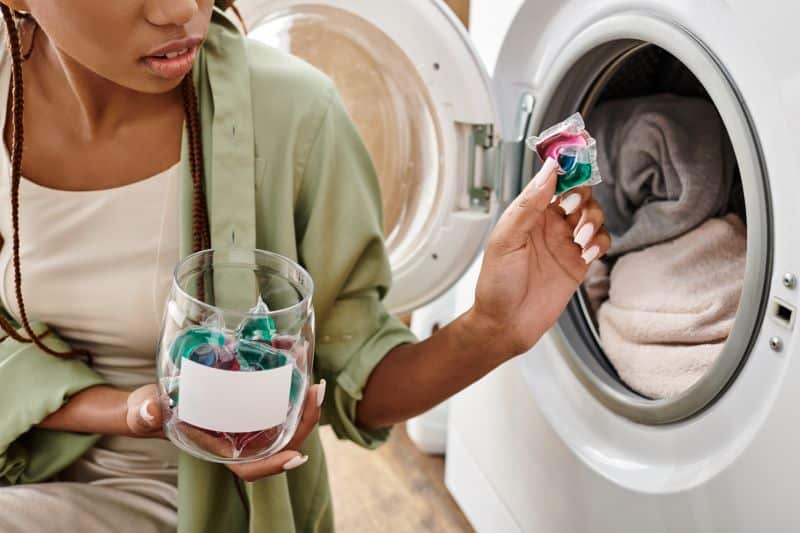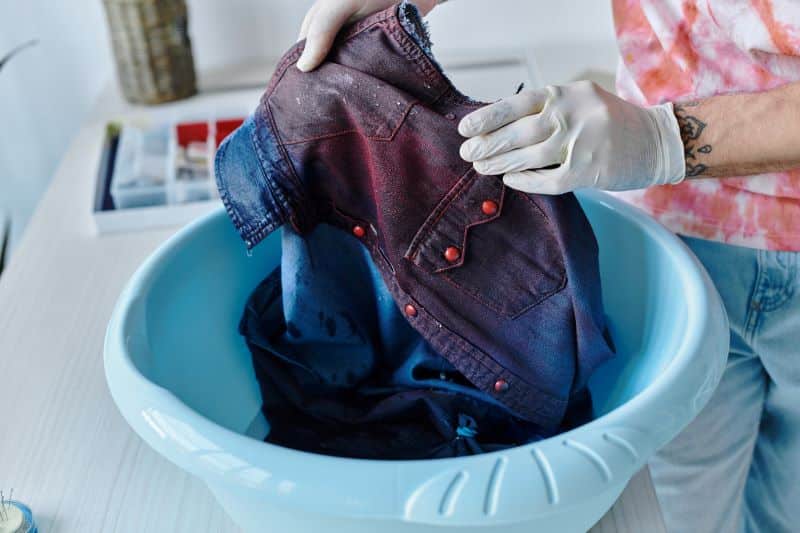Nothing ruins a perfect laundry day faster than pulling a load from the washer only to find your white shirt now tinged pink from a stray red sock. Color bleeding—when dye from one garment transfers to others—has frustrated laundry enthusiasts for decades. With the rise of laundry detergent sheets, many are wondering: do these innovative sheets actually help reduce color bleeding, or are they no different from traditional liquid or powder detergents?
Let’s unpack what causes color bleeding, how laundry sheets work, and whether they can help keep your colors vibrant and your whites bright.
What Causes Color Bleeding?
Color bleeding happens when dyes in fabrics are not fully colorfast. During washing, especially in warm or hot water, loose dye molecules can detach from the fabric and spread through the wash water, staining other items. Certain fabrics, like inexpensive synthetics or new, brightly colored garments, are especially prone to bleeding.
Factors such as water temperature, wash time, agitation intensity, and the pH of your detergent solution all influence how much dye runs in the wash.
Read Also: How To Choose The Best Laundromats
The Basics of Laundry Sheets
Laundry detergent sheets are thin, concentrated strips of detergent that dissolve completely in water. Free from bulky plastic bottles or messy powder boxes, they appeal to anyone looking for a more sustainable, convenient way to do laundry. But how do they differ from liquids or powders when it comes to protecting colors?
The key lies in how laundry sheets release detergent. When a sheet dissolves, it creates a uniform cleaning solution that evenly disperses through the wash. Unlike some liquid or powder detergents that can clump or leave residue, sheets help ensure consistent dispersal—potentially reducing localized dye pooling that can cause spots of color transfer.
Do Laundry Sheets Actually Help Prevent Color Bleeding?
The short answer is that they can help, but they’re not a complete solution. Here’s why:
Many laundry sheets are designed with mild surfactants to appeal to sensitive skin users. These gentler cleaning agents can be less aggressive on fabric dyes, meaning they may help minimize dye release during washing.
Laundry sheets generally dissolve well even in cold water, and washing with cold water is one of the best ways to reduce color bleeding. Traditional liquid detergents sometimes do not dissolve completely in cold cycles, but sheets avoid this problem.
Unlike some powders that contain fillers, laundry sheets usually skip these unnecessary additives, which can create abrasive friction that loosens dye particles.
Many sheets are formulated to be pH-neutral or only slightly acidic. A balanced pH helps fabrics retain their color integrity, since highly alkaline solutions are more likely to swell fibers and release dye.
However, it’s important to note that laundry sheets alone cannot lock in dyes that were never stable to begin with. If a garment is poorly dyed, it will bleed no matter what detergent you use. In these cases, laundry sheets should be combined with proactive steps like pre-washing new clothes separately or using a commercial color-catcher sheet.
Additional Tips to Prevent Color Bleeding
While using laundry detergent sheets can be part of your color-protection strategy, good laundry habits are still essential:
Sort your laundry carefully by separating lights, darks, and bright colors. Even the best detergent cannot protect your white towels if you wash them with a red sweatshirt.
Wash new clothes alone the first few times to allow excess dye to rinse away without staining other garments.
Use cold water whenever possible. Hot water encourages dye release. Unless your clothes specifically require warm or hot water for hygienic reasons, stick to cold cycles.
Avoid overloading the washing machine. Crowded loads create more friction between clothes, increasing the chance of dye transfer.
Consider using a dye fixative, available in laundry aisles or fabric stores, which helps “set” dyes in new garments.
Are Laundry Sheets Safe for All Colors and Fabrics?
Generally, yes. Laundry sheets are safe for most washable fabrics, including cotton, linen, synthetics, and blends. However, delicate fabrics like silk or specialty athletic materials should still be washed on gentle cycles and according to garment care labels.
If you use color-safe bleach or fabric softeners, check the laundry sheet manufacturer’s instructions for compatibility, since some brands recommend avoiding additional chemicals to ensure proper dissolving and performance.
The Bottom Line
Laundry detergent sheets offer several advantages over traditional detergents that can help reduce color bleeding. Their consistent dissolving in both hot and cold water, gentle cleaning agents, lack of fillers, and balanced pH work together to minimize the agitation and conditions that cause dye release.
However, they are not a guarantee against color bleeding if the garment itself is prone to releasing dye. Combining laundry sheets with smart habits—like sorting by color, washing new clothes separately, and choosing cold water cycles—gives you the best chance of keeping your clothes looking bright and vibrant for longer.
By understanding how laundry detergent sheets fit into your laundry routine, you can make informed choices that help protect both your favorite colors and your peace of mind.


